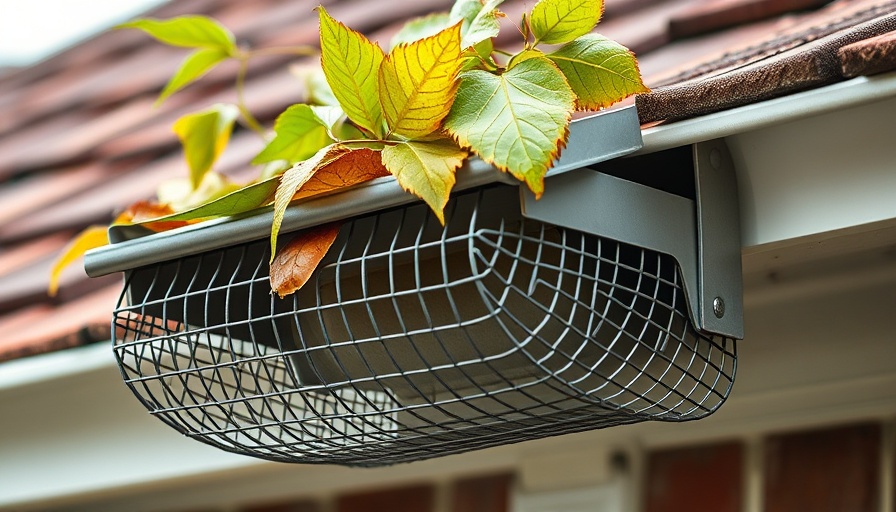
Understanding HVAC Returns: The Key to Home Comfort
Many homeowners are becoming more adept at managing their HVAC (Heating, Ventilation, and Air Conditioning) systems, especially when it comes to calculating returns. The importance of an effective return system cannot be overstated; it helps maintain an even temperature, reduces energy costs, and improves air quality. If you've been delving into DIY calculations for your home's return air ducts, it's crucial to understand the essential factors that contribute to an efficient HVAC design.
The Anatomy of Airflow in HVAC Systems
A well-functioning HVAC system relies heavily on a proper balance of supply and return air. The return ducts play a pivotal role in drawing air back into the system for reconditioning. If the airflow is compromised, it not only affects temperature regulation but can also lead to increased energy consumption. Understanding how to calculate airflow rates can empower homeowners to troubleshoot issues effectively and optimize their systems.
Calculating the Correct Amount of Return Air
This involves accumulating knowledge about the total area of the space being served by the HVAC unit and the expected airflow. A general guideline suggests that you should have one square inch of return air duct per 1,000 BTUs of heating or cooling capacity. Thus, if your system has a cooling capacity of 3 tons (36,000 BTUs), you would need at least 36 square inches of return air duct. This principle is crucial in ensuring adequate air circulation throughout your home.
Common Miscalculations in DIY HVAC Return Systems
One prevalent error in household HVAC calculations stems from neglecting factors such as pressure differentials and duct material. These aspects can significantly influence the system’s overall efficiency and the quality of air delivered. Additionally, the size and layout of ducts are critical; too small a duct can create restrictions that lead to decreased airflow, while oversized ducts can increase costs without improving efficiency. Taking the time to ensure your calculations consider these nuances will yield better results.
Expert Tips for Optimal HVAC Performance
For those eager to maximize their HVAC systems without professional help, here are some actionable tips: 1. **Conduct airflow tests** to ensure you’re getting the desired output. 2. **Regularly check your air filters**; a dirty filter can restrict airflow and degrade efficiency. 3. **Consider consulting with a licensed HVAC technician** at least once a year to ensure your calculations align with the system's dynamics. By applying these strategies, you can make your home more energy-efficient and comfortable at the same time.
 Add Row
Add Row  Add
Add 






Write A Comment